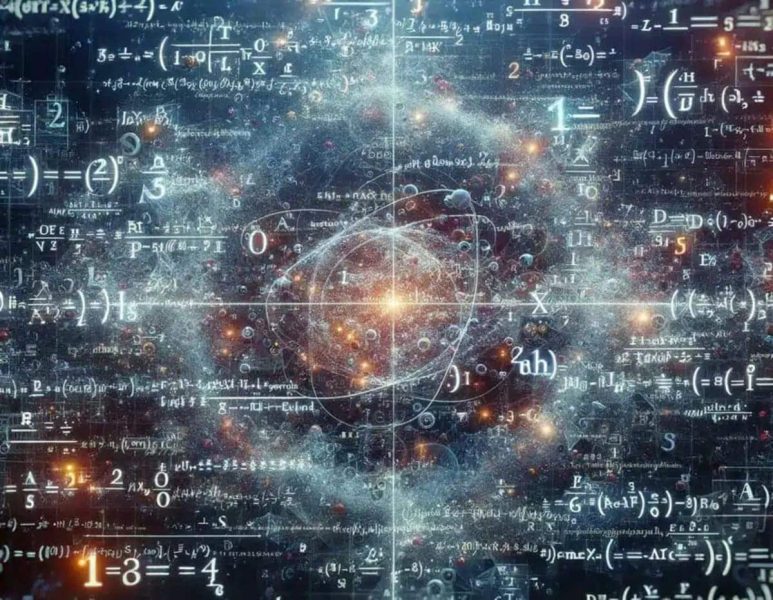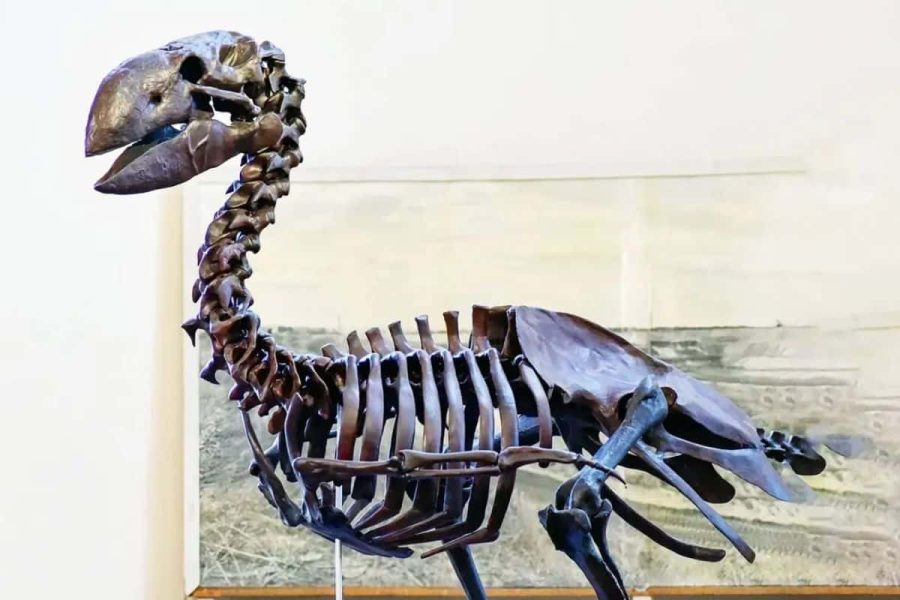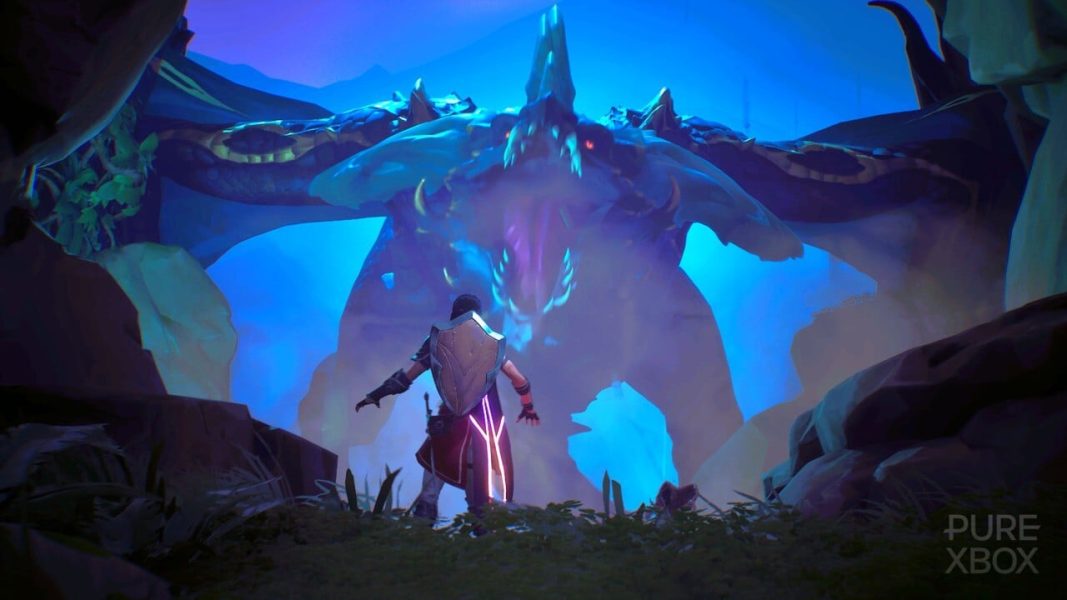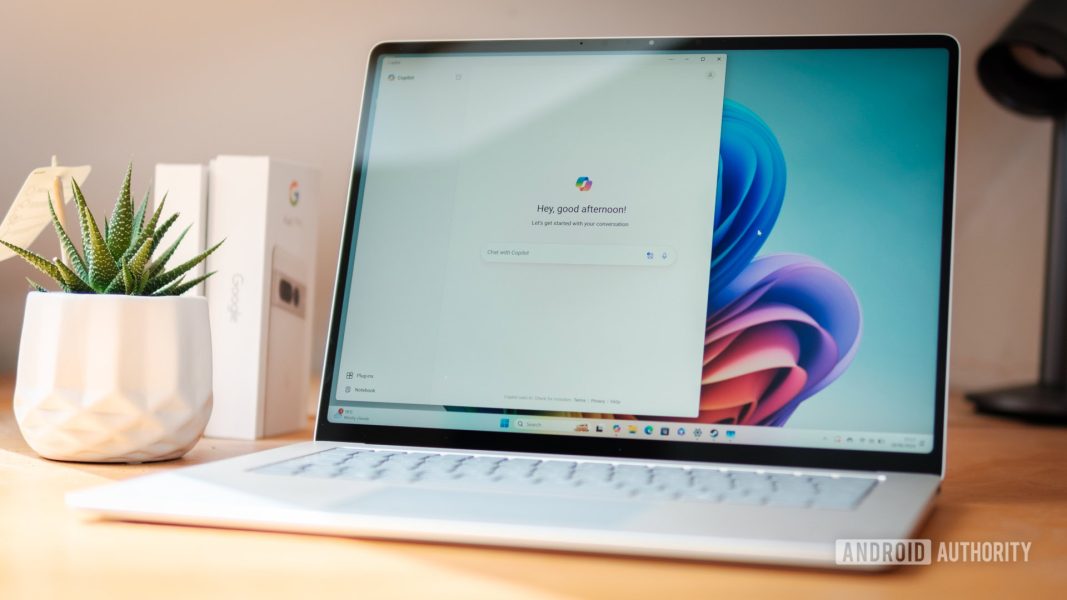Northern Lights Forecast: Geomagnetic Storm Could Bring Aurora Borealis To These States Tonight – Forbes
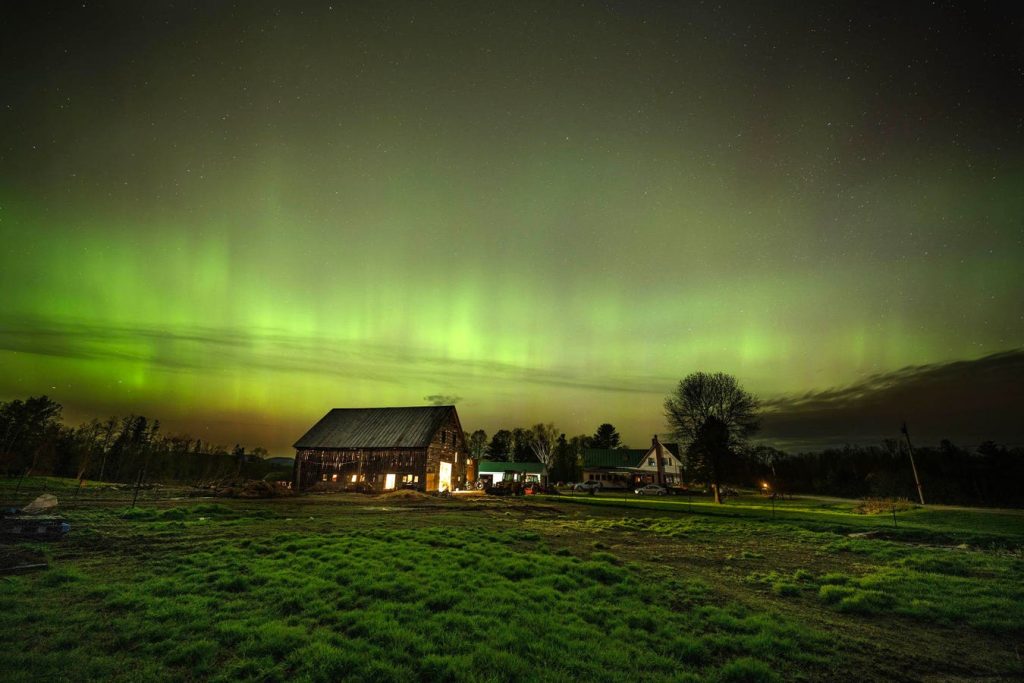
The effects of a coronal mass ejection—a bubble of plasma that bursts from the sun’s surface—will likely impact Earth’s magnetic field on Saturday, bringing the northern lights to several northern U.S. states, according to the National Oceanic and Atmospheric Administration.An earlier coronal mass ejection may bring the northern lights to more states. A Kp index of four on a scale of nine was forecast for Saturday night, according to NOAA, meaning the northern lights will become brighter, feature more motion and formations and be “quite pleasing to look at” for those in the right areas.A minor or greater geomagnetic storm is expected following the arrival of a coronal mass ejection emitted from the sun on Jan. 2, NOAA said, which could result in some power grid fluctuations and impact migratory animals.Auroral activity is expected to weaken through Monday, though auroral activity is possible in some states on Sunday, according to NOAA’s three-day forecast.Get Forbes Breaking News Text Alerts: We’re launching text message alerts so you’ll always know the biggest stories shaping the day’s headlines. Text “Alerts” to (201) 335-0739 or sign up here.A view line—marking the minimum chance of seeing the phenomenon—dips just below the Canadian border. Most of northern Canada and Alaska have a higher likelihood than most northern U.S. states, though areas in northeastern Washington, northern Idaho, northeastern Montana, North Dakota, northern Minnesota, northern Wisconsin and Upper Michigan have a lower chance. Some parts of northern South Dakota, northern Maine and northern Michigan have an even lower likelihood of seeing the northern lights. (See view line below.)Saturday night’s view line.The northern lights are best seen between 10 p.m. and 2 p.m. local time, according to NOAA, which recommends traveling to a high vantage point away from light pollution.If using a regular camera, National Geographic recommends using a wide-angle lens, high ISO value and setting the focus to the farthest possible setting. NOAA says a smartphone can capture auroral activity if night mode is enabled.Some of the strongest northern lights displays in the last 500 years likely occurred in May, according to NASA, following what the agency called the strongest magnetic storm to reach the Earth in two decades. That event, and a similar geomagnetic event in October, pulled the northern lights as far south as Texas and northern Florida. There will likely continue to be an increase in northern lights displays throughout 2025 after activity on the sun’s surface achieved a “solar maximum” late last year, according to NASA. Activity is measured over 11-year periods while gradually increasing and decreasing, achieving a “solar maximum” and a “solar minimum.” Events like solar flares or coronal mass ejections are responsible for auroral activity. The electrons from coronal mass ejections interact with nitrogen and oxygen in the Earth’s atmosphere, causing the atoms and molecules of those gases to become “excited” and release small particles of light.One Community. Many Voices. Create a free account to share your thoughts. Our community is about connecting people through open and thoughtful conversations. We want our readers to share their views and exchange ideas and facts in a safe space.In order to do so, please follow the posting rules in our site’s Terms of Service. We’ve summarized some of those key rules below. Simply put, keep it civil.Your post will be rejected if we notice that it seems to contain:User accounts will be blocked if we notice or believe that users are engaged in:So, how can you be a power user?Thanks for reading our community guidelines. Please read the full list of posting rules found in our site’s Terms of Service.

